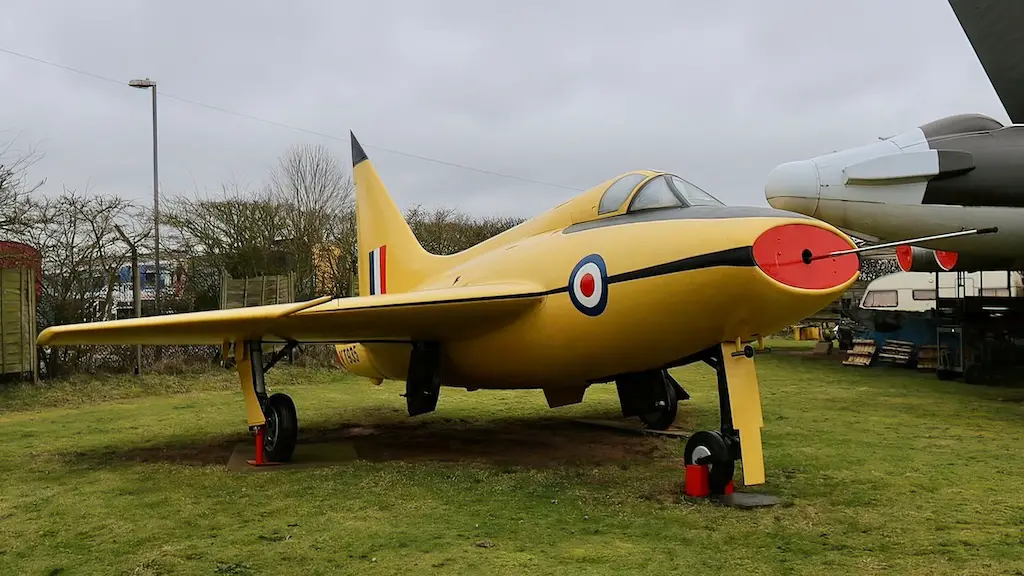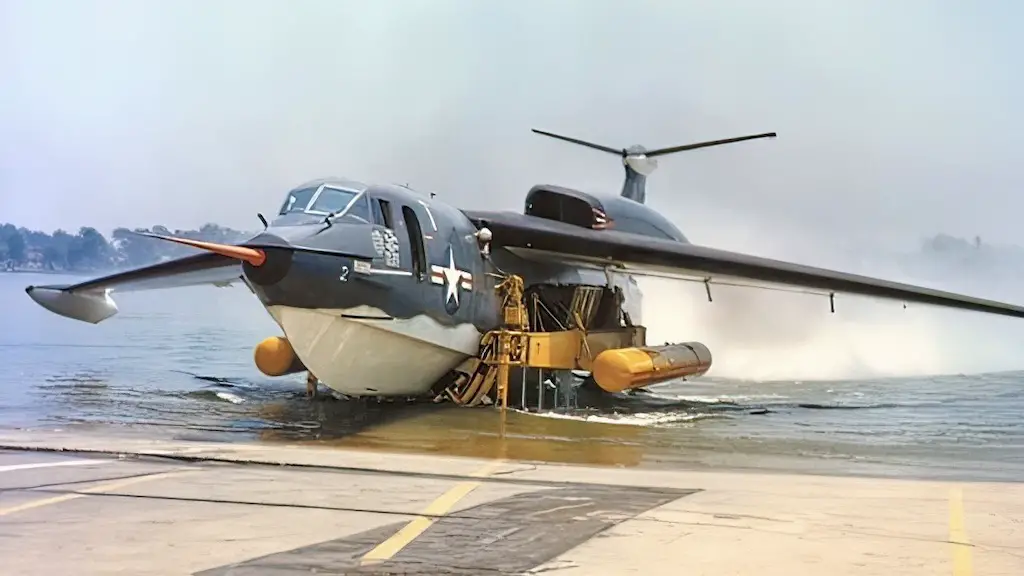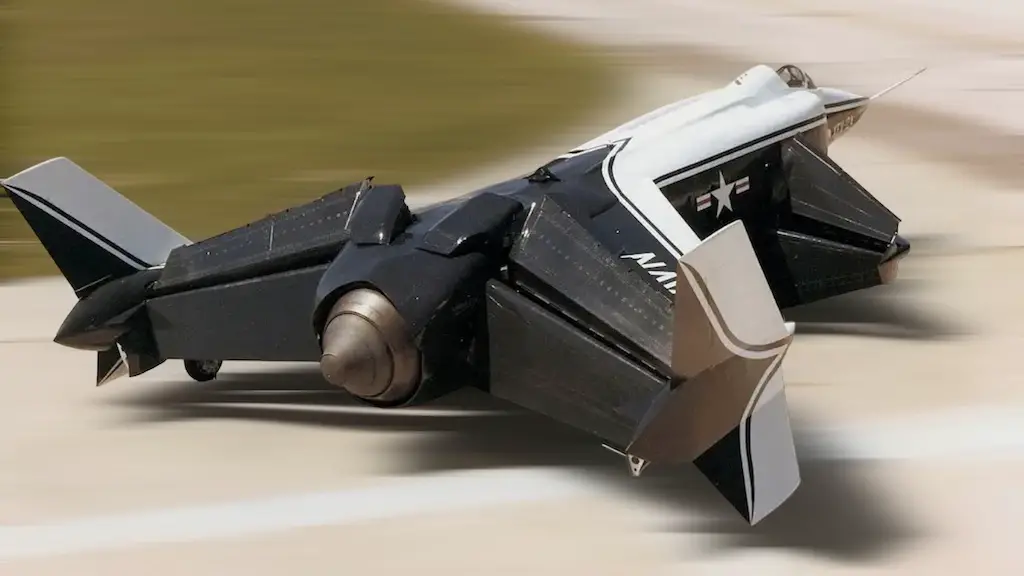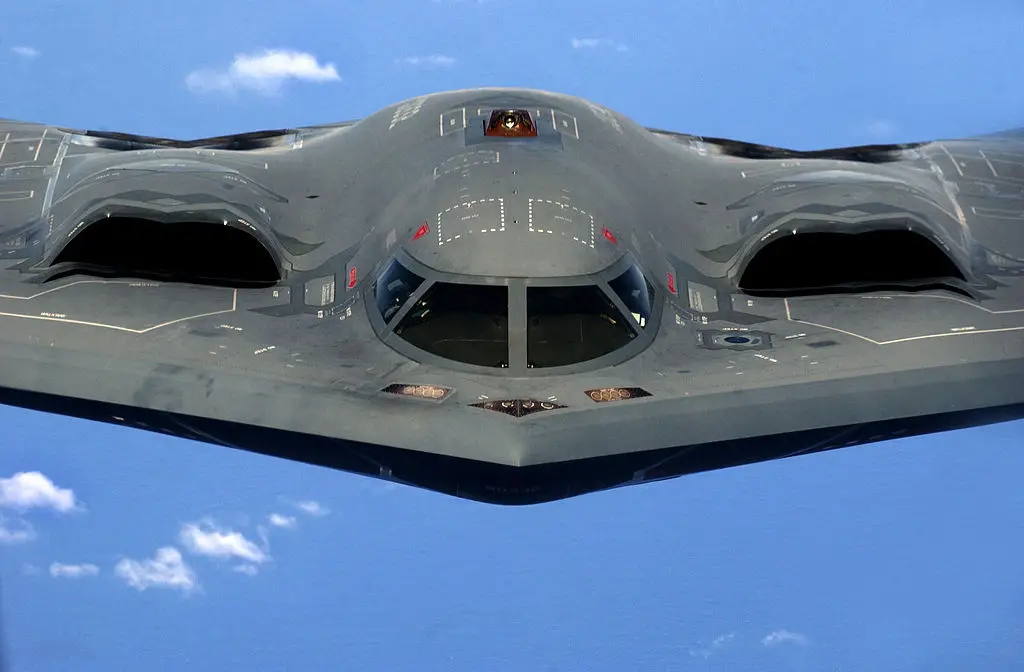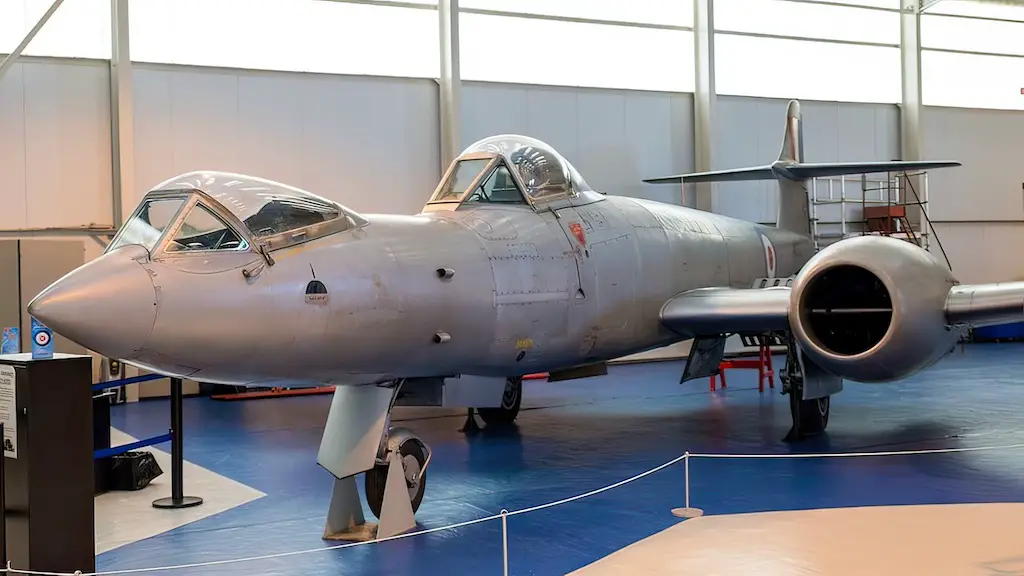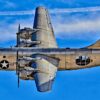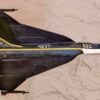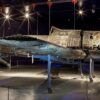In the expansive world of aviation, few aircraft dare to redefine the boundaries of design and flight. The Boulton Paul P.111, with its distinctive tailless delta wing configuration, was among the trailblazers. It stood as a testament to a bold era when engineers and pilots alike dared to explore the uncharted.
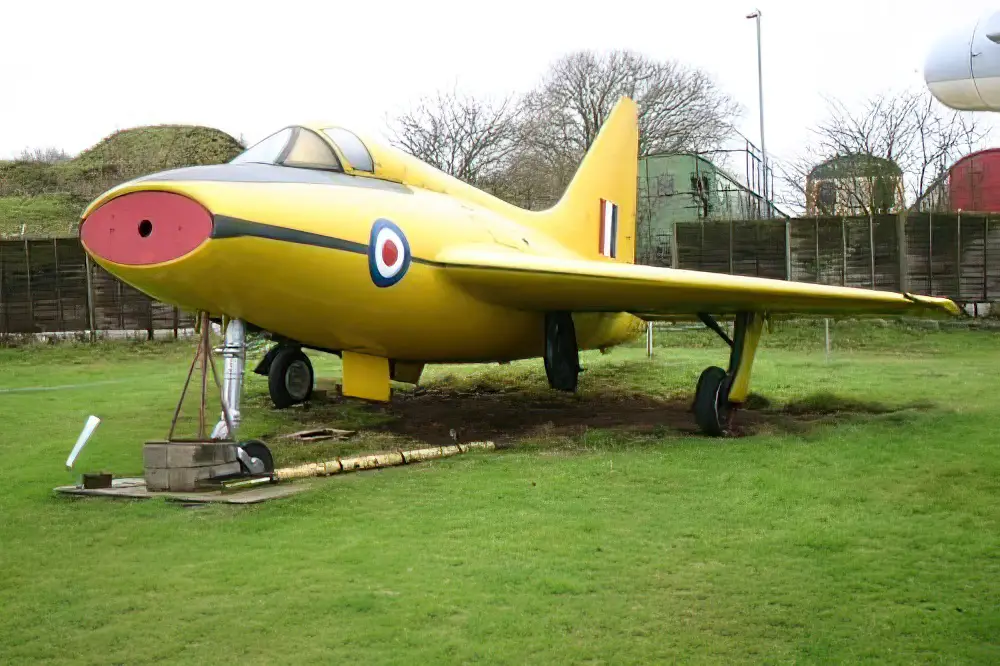
The Birth of a Delta Dream
The late 1940s and early 1950s marked an era of exploration and innovation. As the world was recovering from the wounds of war, the skies were buzzing with new possibilities. Boulton Paul, the British aeronautics stalwart, was among the leaders in this charge.
Inspired by the potential of the delta wing design, they rose to the occasion when the British Air Ministry issued Specification E.27/49. This was a call for experimental aircraft aimed at decoding the mystery of the delta wing aerodynamics. Boulton Paul responded with the P.111, an aircraft that was visually striking and aerodynamically intriguing.
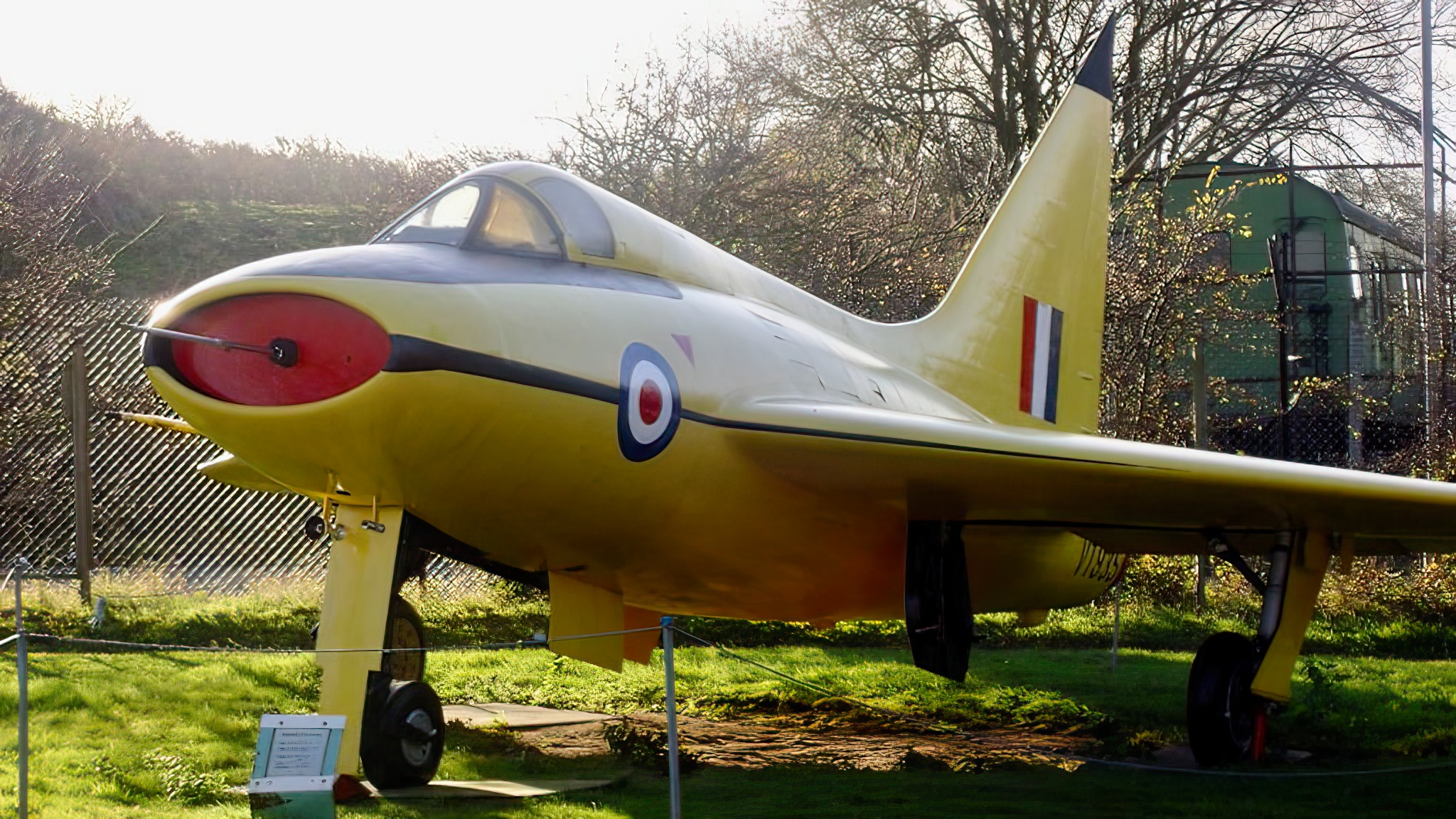
Its Engine
At the core of the P.111 lay its powerful Rolls-Royce Nene 3 RN.2 turbojet engine. Generating a staggering 5,100 lbf (23 kN) of thrust, this engine was far from ordinary. It was the heartbeat of the aircraft, propelling it to impressive speeds and showcasing the true potential of the delta wing design.
The engine’s performance was not just about raw power. It was a symphony of engineering prowess and aerodynamics that allowed the P.111 to tap into its full potential.
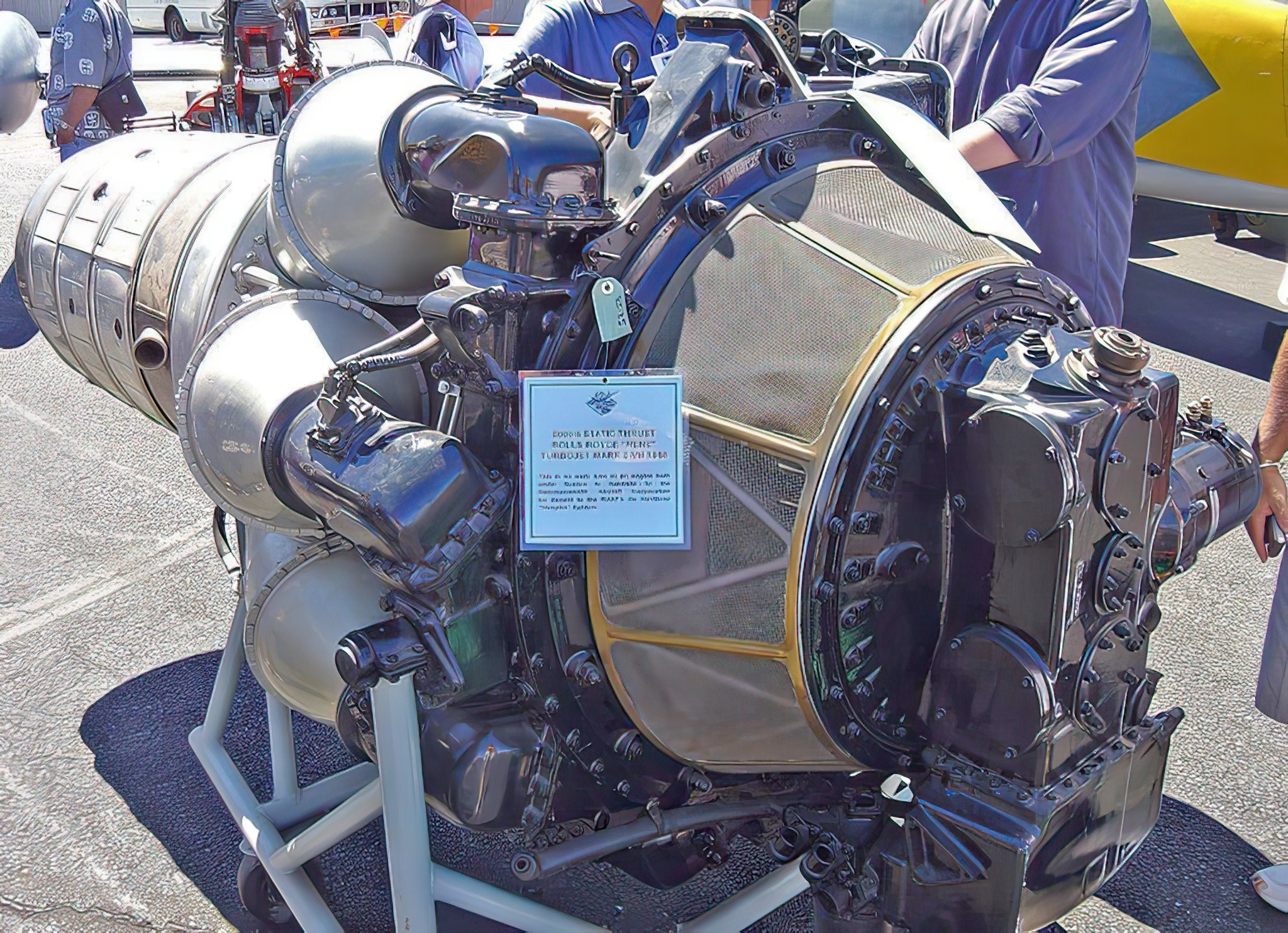
Soaring New Heights
October 10, 1950, was the day when the P.111 first felt the embrace of the sky. Under the experienced hands of Boulton Paul’s chief test pilot, A.E. “Ben” Gunn, the aircraft began to unravel its strengths and weaknesses.
Its unique design brought with it both marvels and challenges. Early flights exposed certain instabilities, especially at low speeds. However, with time, as understanding deepened and modifications were made, the P.111 evolved. Its capacity to reach a top speed of 649 mph and its impressive rate of climb at 9,400 ft/min bore testament to its capabilities.
The Delta’s Dilemma
While the Boulton Paul P.111 made significant strides in aviation innovation, it was not without its share of challenges. This aircraft was, after all, an experiment—a prototype that served as a living lab to test and understand the dynamics of the tailless delta wing configuration.
One of the most pronounced shortcomings was the P.111’s instability at low speeds. The distinctive wing design, while offering certain advantages, also made the aircraft sensitive to pitch changes, especially during take-offs and landings. This sensitivity posed significant risks, making it a potential challenge for pilots less familiar with its quirks.
Another issue was the limited forward visibility from the cockpit, a factor that further complicated landing procedures. While modifications and design changes were possible, they would demand substantial resources and time.
Beyond these technical challenges, external factors also played a part. The rapid advancements in aviation technology during the 1950s meant that newer, more advanced aircraft designs were constantly emerging. The competition was fierce, and the P.111, for all its novelty, faced stiff competition from designs that were perceived as more viable for long-term development.
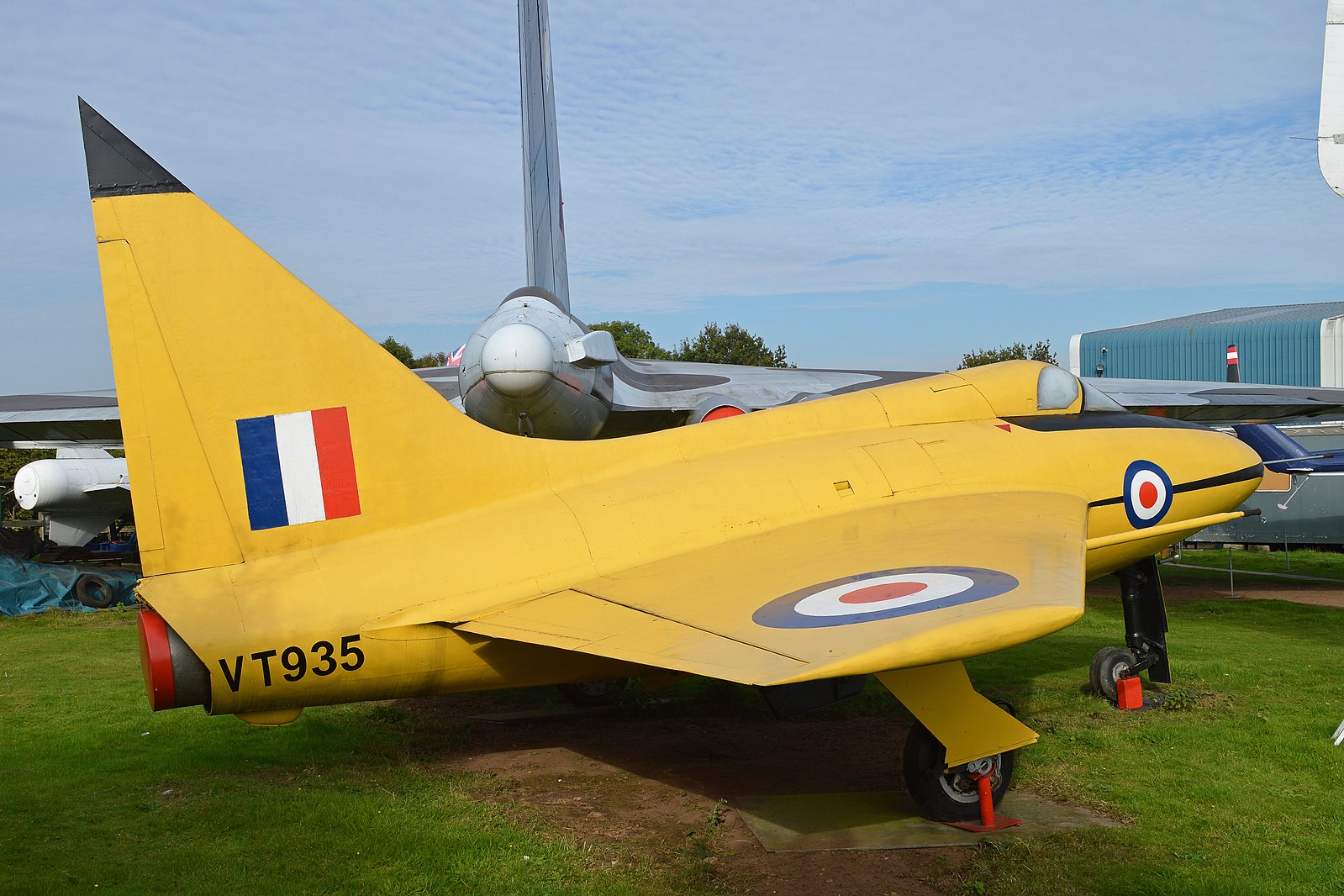
The Lessons Carved in the Sky
Beyond the statistics and engineering details, the P.111 was a lesson in innovation. Its challenges underscored the complexities of the delta wing design. Yet, its very existence, its successful flights, and its impressive speed and climb rates taught the world much about the potential of the delta wing configuration.
While it may not have been the most celebrated aircraft of its time, the Boulton Paul P.111 sowed seeds for future innovations. It was a brave step, a leap of faith into a future where the sky was not just the limit, but a vast canvas of possibilities.

